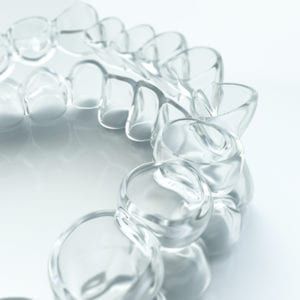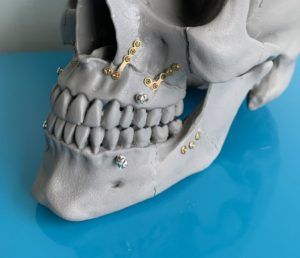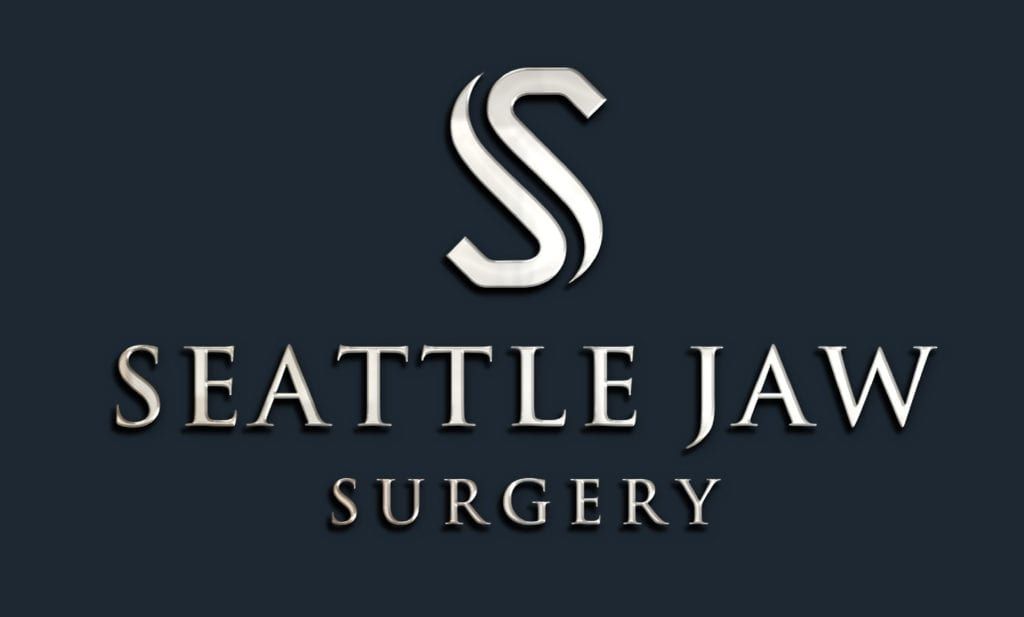
Am I able to have Jaw Surgery without Traditional Braces?
- There have been many advancements in orthodontics over the years, particularly with the option of Invisalign orthodontics. Dr. Bobek strives to be on the cutting edge of orthognathic surgery and therefore has developed multiple techniques to preform predictable outcomes with Invisalign jaw surgery. He is one of the only Maxillofacial surgeons in the pacific northwest who is consistently preforming Invisalign surgery.
- For patients to be eligible for Invisalign jaw surgery there needs to be coordination and agreement between the orthodontist and Dr. Bobek. During the initial consult with Seattle Jaw surgery, patients can be evaluated to see if they are eligible for Invisalign jaw surgery. If a patient has a more severe malocclusion, we may still recommend traditional braces.
- Orthodontics are needed in conjunction with jaw surgery to level and align the teeth, but also the hooks on the braces and surgical hooks on the wire are used during surgery to allow positioning of splints and holding the teeth in correct alignment to carry out the surgical plan. After surgery, the hooks on the brackets and wires are used to place rubber bands.
- For Invisalign jaw surgery we do not have the traditional hooks. Instead, during surgery Dr. Bobek will place posts (also known as skeletal anchors or TADs) in the mouth. The posts are used in replacement of the hooks to provide a similar function during surgery. These posts will stay in the mouth during recovery to allow the patient to wear rubber bands. These posts are removed in clinic 6 weeks after surgery. To remove the posts, it is a simple procedure and we numb the area prior to removal.

- One of the reasons many adult patients with malocclusions or uncontrolled sleep apnea delay having orthognathic surgery is due to the fear of having to have braces for two years. Invisalign jaw surgery can be a great option for patients to allow for a less noticeable orthodontic treatment.
